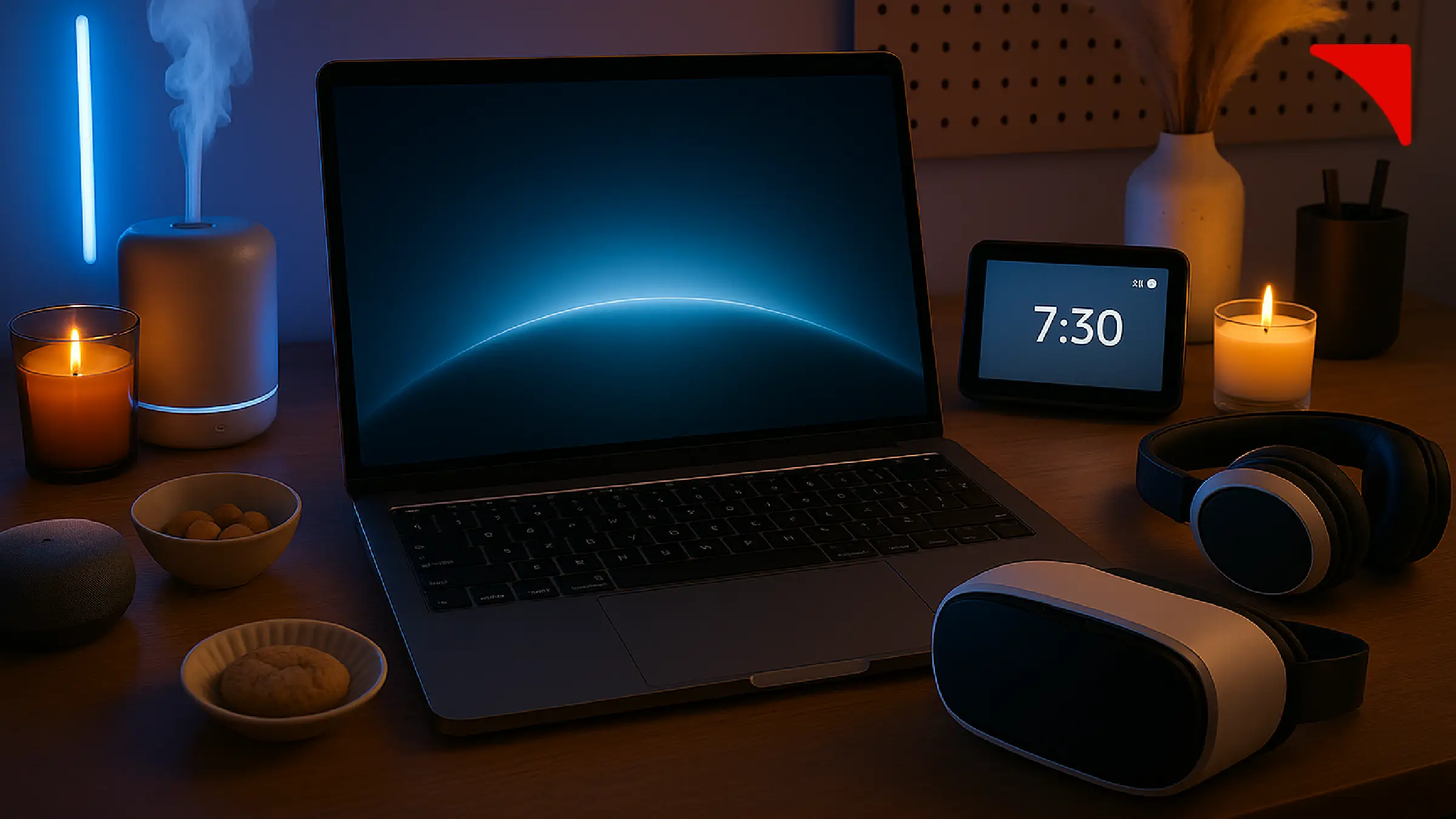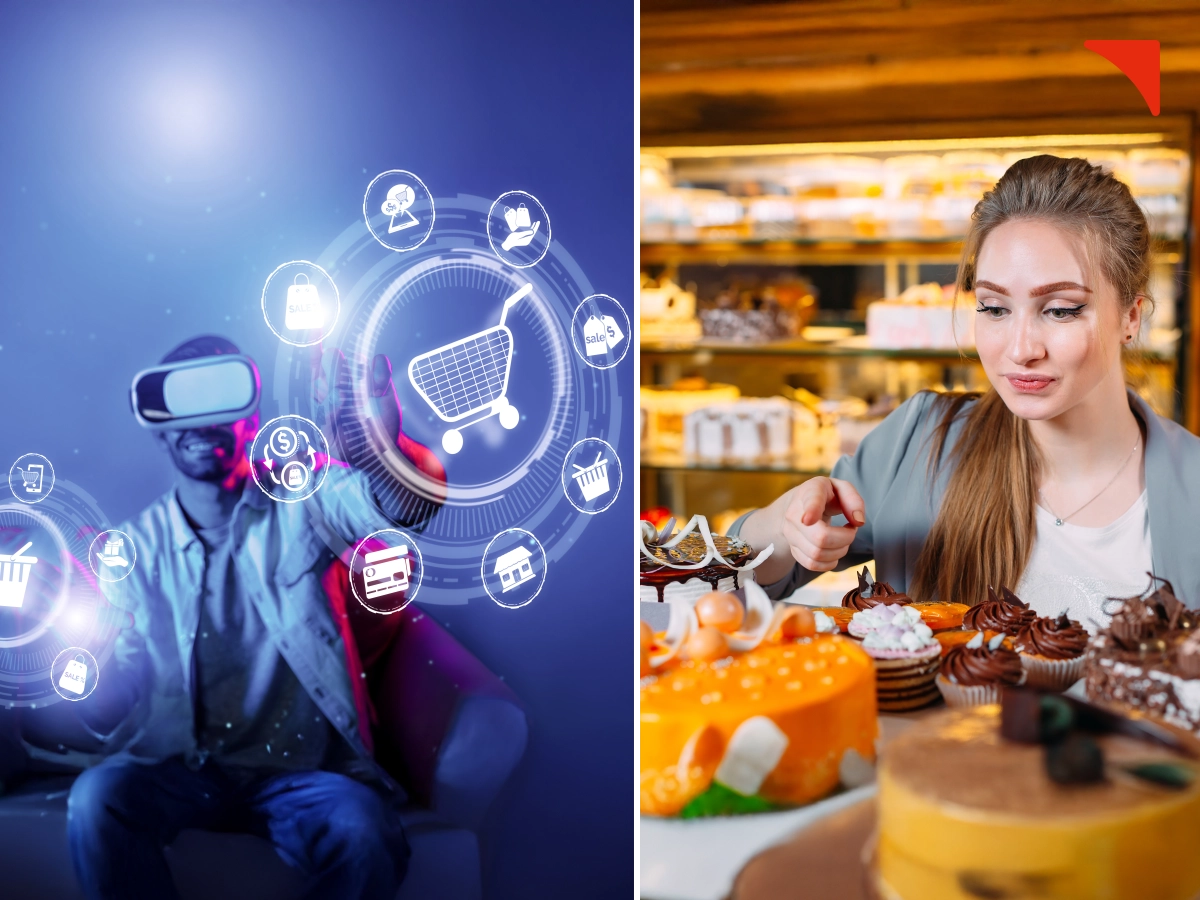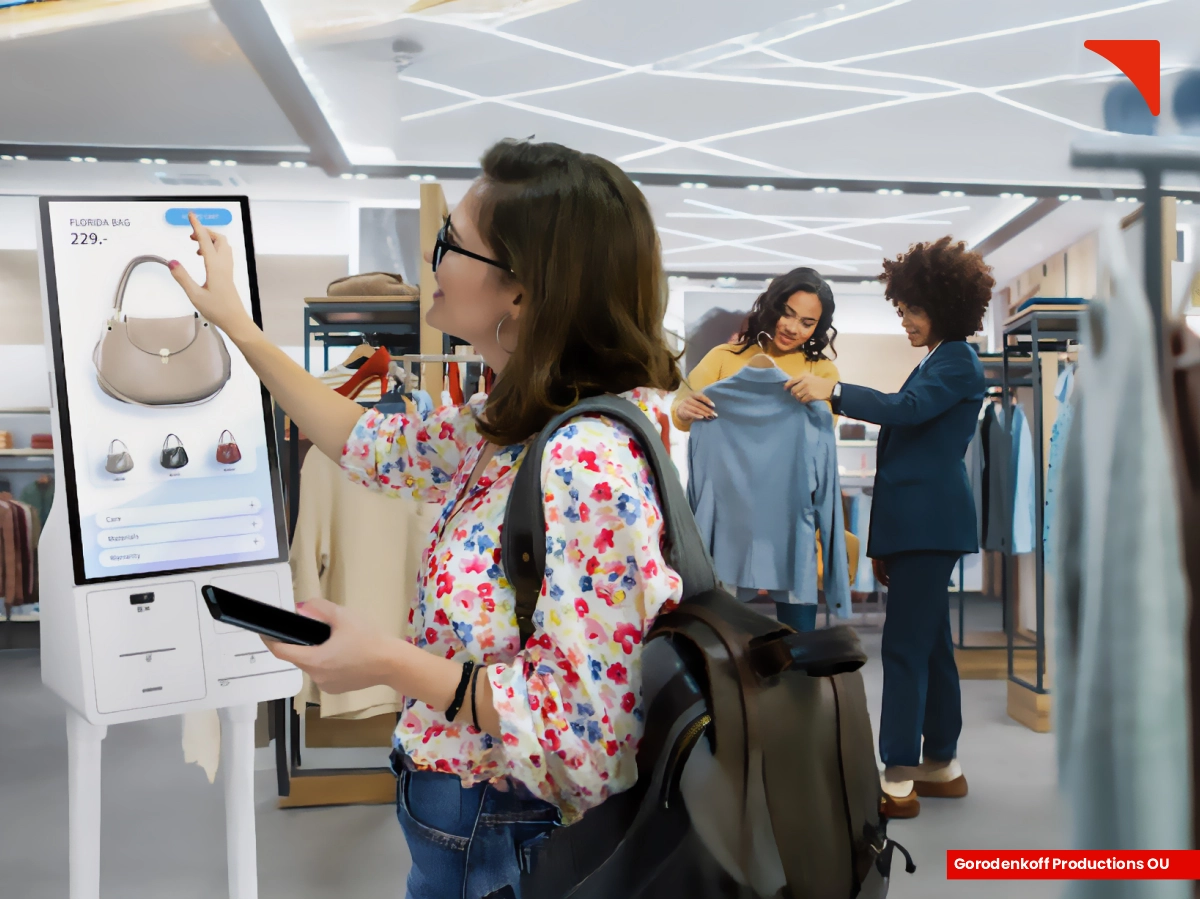SENSORY MARKETING – BRIDGING HORIZONS IN THIS TECH-BUBBLE AGE

Just picture a situation where you’ve lost your senses to judge things in your daily life. Apparently, no one can. We (homo sapiens) are designed to get attached, and it can be anything. From our fellow humans, pets to non-living things. And in us (humans), we can put it on our limbic system to make the emotion count.
For ages, our senses are being marketed whether it is visual, auditory, olfactory, gustative, or tactile. On barter or currency, we connect with the brand and its products. Like we connect with our peers daily. By the way, it’s all psychological. The needs, want, desires commemorate our preferences on different products. To look at a long past of about some thousand years, we were orators (in various), and now we are orators with technological intellect. We are catching feelings at a fast pace.
And yes, with no doubt. Sensory science adds an extra cherry always. For it be the conventional consumer research or consumer behavior on product/brand preference, etc.
There’s a relationship between the WANT and KNOWING WHAT YOU WANT. Sensory science hits the mark directly in the limbic. Appropriately, we can call it the ‘sensory prompt’ to entice the urge to buy that particular. Brands are heavily performing sensory activities to create subliminal bonds via subconscious influence.
Brand perspectives are linked with the perceptions it stamps in its consumer’s minds. It can vary across geographies. In-country like India, the diverse nature creates different perceptions. Moreover, the economy of the country also poses parallel challenges in revamping existing strategies.
The Negative Positive

People can call primitive post-reading this. But there are some positive subliminal too. Picture this, are we touching that VR-driven reality? Prolly not. What if the AR fails to make things accurate or suitably unsuitable? Can we smell the essence in the cake through a VC (Video Call)? Though this question can be judged on poor/rich parameters, the relevance is in nature. How can we forget the meta? Is it killing that in-person feel? Yes, probably not.
The positive here is that we are getting closer but in an immersive way. And that too in the virtual. It strikes the emotional chord, but it fails in evoking our senses to an extent. The coin should be looked at on both flips, period.
And the irony here is – we are connecting digitally. Absorb that.

Subtly, our senses do get evoked, when we see a picture of noodles and with imagination our mouth gets watery. “Make it Enticing” – Brands design on it.
The visual enticement is powerful to make it retain in the membrane. And that’s the reason why nowadays kids are quick learners via audiovisual learnings.
In retail, both physical and digital store have their significance. The consumer first interacts with the virtual touch-n-feel, and post that, it enters the real one and engages with it, purchasing it ultimately. Hence, the purpose is solved.
In this technological bubble age, brands are bridging the connectivity of both the physical world and the virtual world via sensory marketing. The fundamentals are differentiated according to the platform. And thus, the experience and the conversion parts.